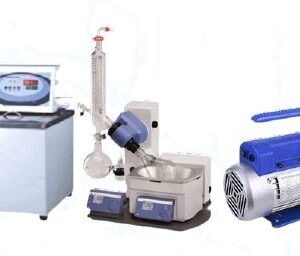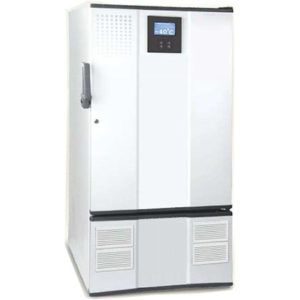HYDRAULIC DEAD WEIGHT TESTER
MAKE DINESH SCIENTIFIC
DESCRIPTION
A hydraulic dead weight tester is a precise instrument used for calibrating pressure measurement devices. Here is a detailed description of its components and operation:
Components:
BASE AND FRAME:
- The solid base and frame provide a stable platform for the tester.
- Primary Piston and Cylinder Assembly: This assembly creates the primary pressure source. The piston, typically made of hardened and polished steel or tungsten carbide, moves within the cylinder, creating a precise pressure when weights are applied.
- Weights: Calibrated masses are placed on the piston to generate a known pressure. These weights are usually marked with their corresponding pressure value.
OIL RESERVOIR:
- This reservoir contains the hydraulic fluid, typically oil, used to transmit pressure within the system.
- Hand Pump: A hand-operated pump is used to generate the initial pressure required to lift the weights.
- Pressure Adjustment Screw: This fine adjustment screw allows precise control over the pressure applied to the system.
- Pressure Gauge: A gauge is sometimes included to provide a visual indication of the pressure being generated.
- Test Port: This port is used to connect the device under test (DUT), such as a pressure gauge or transducer.
OPERATION:
- Setup: The device under test (DUT) is securely connected to the test port. Ensure the system is free of air bubbles to maintain accuracy.
- Initial Pressure Generation: Use the hand pump to generate an initial pressure. This lifts the piston and weights slightly off their seats.
- Applying Weights: Calibrated weights are added to the piston, generating a known pressure. The pressure is a result of the force (weight) divided by the area of the piston.
TECHNICAL DETAILS:
| MODEL | DS- HDWT-400 | ||
| Piston Type | Tungsten carbide dual-range piston cylinder system. | ||
| Type | Bench-Top | ||
| Use | Gauges, transmitters, and pressure sensor calibration. | ||
| Accuracy | +/-0.006% of reading | ||
| Range of Pressure | Dual range (1 to 40 / 10 to 400 Bar) | ||
| Maximum Operating Temperature | 80°C | ||
| Minimum Operating Temperature | 20°C | ||
| Pressure of Generation | Via integrated dual-area spindle pump | ||
| Principle | Principle of pure mechanics measurement | ||
| Mass set Material | Stainless steel that isn’t magnetic | ||
| Operating Fluid | Hydraulic oil (VG 22) | ||
| STANDARD WEIGHTS (BAR) | |||
| Measuring Range | 1 to 400 | ||
| Qty. | 1 to 40 Bar Nominal Pressure/Piece | 10 to 400 Bar Nominal Pressure/Piece | |
| Piston and make- up weight | 1 | 1 | 10 |
| Standard mass set | 2 | 10 | 100 |
| 1 | 9 | 90 | |
| 1 | 5 | 50 | |
| 2 | 2 | 20 | |
| 1 | 1 | 10 | |
| 1 | 0.5 | 5 | |
| 2 | 0.2 | 2 | |
| 1 | 0.1 | 1 | |
| 1 | 0.05 | 0.5 | |
| 2 | 0.02 | 0.2 | |
| 1 | 0.01 | 0.1 | |
ACCESSORIES:
- Spirit level;
- Level plates
- Two pointer pullers, punches, and spanners (fit for gauge posts)
- Five liters of hydraulic oil;
- Spare seals (O rings and bonded seals).
- Instructional Guide
- Display: Analog/Digital display;
Adaptor Set:
- M28*1.5 (M) to 3/8″ BSP (F)-1No
- M28*1.5 (M) to 1/8″ BSP (F)-1No
- M28*1.5 (M) to 1/2″ BSP (F)-1No
- M28*1.5 (M) to 1/4″ BSP (F)-1No















Reviews
There are no reviews yet.